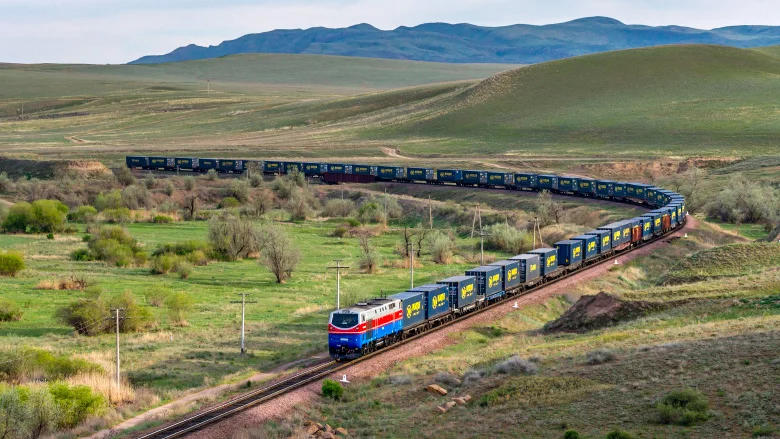BAKU, Azerbaijan, November 3. New transport routes, such as the Middle Corridor, can unlock the enormous potential of Central Asia, but only if there is a skilled workforce, the Head of Cooperation at the EU Delegation to Kazakhstan, Johannes Baur said at a high-level meeting of the DARYA (Dialogue and Action for Youth in Central Asia) program, held on October 30-31 in Turin, Trend reports.
“Historically, Central Asia has always served as a bridge between Europe and Asia, and today the EU and this region are actively strengthening relations,” he said.
The event was attended by deputy ministers of education and labor from Kazakhstan, Kyrgyzstan, Turkmenistan, and Uzbekistan, as well as representatives of the EU, social partners, and the private sector. Participants discussed the progress achieved and identified priority areas for the next stage of cooperation.
The Middle Corridor is a transport and trade route passing through a number of countries in the region and connecting Asia with Europe. It serves as an alternative to the traditional Northern and Southern corridors.
The route begins in China and passes through Central Asian countries such as Kazakhstan, Uzbekistan, and Turkmenistan. It then crosses the Caspian Sea, Azerbaijan, Georgia, and Türkiye, before entering Europe. The Middle Corridor is a land route that bypasses longer sea routes, connecting eastern Asia, including China, with Europe.
According to the information, the EU and Central Asian countries are strengthening their partnership in education and skills development to promote sustainable growth, innovation, and shared prosperity, and this was the focus of a high-level meeting under the DARYA program.







